Arlington Marsh Park Introduce
For New Yorkers on Staten Island, the promise of new green spaces and waterfront access is always a welcome prospect. Arlington Marsh Park, located on Staten Island's North Shore, represents a significant natural area with immense ecological value and a long-term vision for becoming a publicly accessible park. While it has been in the planning stages for some time, this area holds incredible potential as a vital natural resource and a future recreational haven for the community.
Designated as parkland by NYC Parks, Arlington Marsh is part of a broader effort to preserve and restore New York City's diminishing wetlands. It is recognized as a crucial habitat for various flora and fauna, including being a main foraging area for birds of the Harbor Herons complex. The ongoing efforts to remediate and plan for this site highlight a commitment to transforming former industrial land into a valuable ecological asset for current and future generations of New Yorkers. It’s a testament to the city’s dedication to expanding green infrastructure and providing more opportunities for residents to connect with nature right here in their borough.
Arlington Marsh Park is situated on Staten Island, NY 10303, USA, specifically along the North Shore at the junction of the Newark Bay, Arthur Kill, and Kill Van Kull channels. It is ecologically linked to Mariners Marsh Park, forming part of a larger wetland complex. Its location is significant, as it's one of the last remaining intact salt marshes on the Kill Van Kull in Staten Island, amidst a historically industrial waterfront.
As of current public information, it is crucial for New York locals to understand that while Arlington Marsh has been designated as parkland, public access is severely limited or non-existent due to ongoing environmental remediation and safety concerns. Reviewers highlight that "still zero public access" remains, and the shoreline is "covered in massive amounts of plastic and concrete debris with sharp rusty metal." The site has also been noted for heavy sediment contamination and a lack of soil, remnants from its past industrial uses as a shipyard.
NYC Parks, in partnership with the New York State Department of State, has developed a master plan for Mariners Marsh Park and Arlington Marsh, with the aim of eventually providing recreational amenities and reopening these sites to the public. However, extensive clean-up and remediation are required before safe public access can be granted. Therefore, while its location is ecologically vital, New Yorkers should be aware that direct, open public access for recreational purposes is not yet available, and it is not a destination for casual visits at this time.
While Arlington Marsh Park is not yet open to the public for general recreational use due to its ongoing remediation, the "services" it currently offers are primarily ecological and part of a long-term vision for public benefit. These are services in terms of its function within the ecosystem and the ongoing work being done to prepare it for future public enjoyment.
- Wildlife Habitat: As a significant salt marsh and wetland complex, Arlington Marsh serves as a vital habitat and foraging area for numerous species of birds, fish, shellfish, and other marine organisms. It plays a crucial role in supporting the local ecosystem.
- Ecological Restoration: NYC Parks and various environmental agencies are actively involved in the restoration and remediation of the site. This includes efforts to remove contaminated fill material, debris, and derelict vessels, as well as the creation and re-vegetation of marsh habitat with indigenous species. This ongoing work is a "service" to the environment and future public health.
- Stormwater Management: As a natural wetland, Arlington Marsh contributes to the city's stormwater management by absorbing and filtering runoff, thereby protecting coastal properties and the environmental health of New Yorkers.
- Future Recreational Planning: Through the Mariners/Arlington Marsh Master Plan, NYC Parks is planning for future recreational amenities. While not currently available, these plans include possibilities for public waterfront access, trails, and active/passive uses once remediation is complete and deemed safe.
- Environmental Research and Education: The site's unique ecological importance and ongoing remediation efforts make it a valuable area for environmental research and potential future educational programs, contributing to scientific understanding and public awareness of wetland ecosystems.
Arlington Marsh Park, despite its current lack of public access, possesses several significant features and highlights that underscore its importance and future potential for New Yorkers.
- Vital Salt Marsh Ecosystem: It is recognized as one of the last remaining intact salt marshes on the Kill Van Kull in Staten Island. This designation highlights its critical role in the local ecosystem, providing nursery grounds for marine life and supporting diverse flora and fauna.
- Key Bird Foraging Area: The U.S. Fish & Wildlife Service has identified Arlington Marsh as "one of the main foraging areas for birds of the Harbor Herons complex." This makes it an important site for birdwatching enthusiasts and contributes to the biodiversity of the New York Harbor estuary.
- Part of a Larger Green Corridor: Arlington Marsh serves as a "green corridor" for wildlife, connecting with other natural areas like Mariners Marsh and the Staten Island Greenbelt, fostering broader ecological connectivity.
- Significant Restoration Underway: The site is undergoing extensive environmental remediation and restoration efforts. This includes the removal of industrial debris and contaminants, and the re-establishment of healthy wetland habitats, showcasing a commitment to ecological recovery.
- Future Public Access Potential: A master plan has been developed by NYC Parks to eventually provide public access, including potential recreational amenities and waterfront enjoyment. This future vision is a key highlight for the community anticipating new green spaces.
- Historical Significance: The area has a rich history, having been an ancient Indian village and later an industrial site (Milliken Brothers' Structural Iron Works and Rolling Mill, and Downey's Shipyard). While the remnants of this history are currently a challenge, they also tell a unique story of Staten Island's past.
- Preservation of Natural Wetlands: The decision in 2007 by Mayor Bloomberg to preserve Arlington Marsh and transfer it to NYC Parks, rather than allow for industrial expansion, was a major step towards protecting this vital wetland, ensuring its long-term ecological survival for New Yorkers.
As Arlington Marsh Park is currently undergoing significant environmental remediation and is not open for public access, there are no traditional "promotions" or "special offers" available for visitors. The focus at this stage is on ecological restoration and safety, rather than public programming.
However, the "promotion" for New York locals lies in the long-term vision and investment being made in this site. The ongoing efforts by NYC Parks and various state and federal environmental agencies to clean up and restore Arlington Marsh are, in themselves, a significant "offer" to the community: the promise of a revitalized, healthy natural space that will eventually be accessible for public enjoyment.
For New Yorkers interested in supporting or learning more about the progress of Arlington Marsh and other wetland restoration projects, the following might be considered "offers" of engagement:
- Public Meetings and Workshops: NYC Parks often conducts public meetings and workshops during the master planning and remediation phases of large projects like Arlington Marsh. These offer opportunities for community input and to stay informed about the progress. Information about such meetings would be posted on the NYC Parks website.
- Volunteer Opportunities: While direct access to the marsh is limited for safety reasons, environmental organizations or the NYC Parks Natural Areas Conservancy might occasionally organize supervised volunteer clean-up events in surrounding, safer areas or educational programs related to wetland conservation. These provide a chance to contribute to the park's future.
- Educational Resources: Information about the ecological importance of Arlington Marsh and the ongoing restoration efforts is often available through NYC Parks' official publications or environmental organizations' websites, providing a free educational resource for curious New Yorkers.
For detailed information and updates regarding Arlington Marsh Park, especially concerning its remediation status and future public access plans, New Yorkers should direct their inquiries to the official municipal channels responsible for the site.
Address:
Arlington Marsh Park
Staten Island, NY 10303, USA
As there is no public access to the park at this time, direct phone numbers or public visitor centers are not available. The best points of contact for official information are:
NYC Parks Department:
The New York City Department of Parks & Recreation (NYC Parks) is the managing agency for Arlington Marsh. Their website is the primary source for official updates.
Website: Visit the official NYC Parks website (nycgovparks.org). Navigate to their "Planning and Building Parks" section, and look for "Conceptual Plans" or "Mariners Marsh Park and Arlington Marsh Master Plan" for specific documents and updates related to this site.
General Inquiries: You can use the general contact information provided on the NYC Parks website for public inquiries. While direct park-specific phone lines are not available, their main customer service or public information lines can direct you to the relevant department overseeing marsh restoration or planning.
New York State Department of State:
As the master plan was prepared with funds from the New York State Department of State, their environmental protection fund and local waterfront revitalization program sections might also offer related information.
Environmental and Conservation Organizations:
Local environmental groups and conservancies, such as the Natural Areas Conservancy or the NYC Bird Alliance, often work with NYC Parks on wetland preservation and restoration projects. Their websites may offer additional insights and ways to get involved or learn more about the ecological significance of the marsh.
Arlington Marsh Park, despite its current inaccessibility, is profoundly suitable for New York locals because it represents a critical piece of the city's environmental future and a long-term investment in public green space. For Staten Islanders, in particular, it is a significant natural asset that offers immense ecological value, even if direct recreational access is not yet a reality. Its role as a vital salt marsh and a crucial habitat for various wildlife, especially birds, underscores its importance to the local ecosystem and the broader New York Harbor.
The ongoing commitment from NYC Parks and other agencies to remediate and restore this formerly industrial site demonstrates a dedication to transforming polluted land into healthy, functional wetlands. This process is essential for environmental health, stormwater management, and ultimately, for expanding the network of natural spaces that New Yorkers can enjoy. While the wait for public access can be frustrating, the extensive clean-up ensures that when it eventually opens, it will be a safe and truly beneficial environment.
Moreover, Arlington Marsh is a testament to the power of environmental preservation and urban renewal. It offers a promise of future recreational opportunities—be it walking trails, birdwatching, or simply a tranquil place to connect with nature—that will enhance the quality of life for residents. For locals who value ecological integrity, biodiversity, and the expansion of accessible green spaces, Arlington Marsh Park is a beacon of hope and a vital part of Staten Island’s environmental heritage and future. It's a prime example of how even areas currently undergoing transformation are already serving a critical ecological purpose for the city.
Arlington Marsh Park Photos
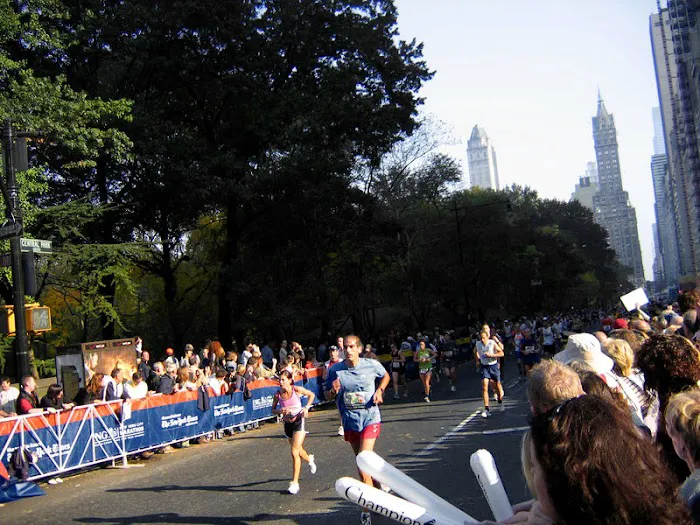



Arlington Marsh Park Location
Arlington Marsh Park
Staten Island, NY 10303, USA
 Arlington Marsh Park
Arlington Marsh ParkStaten Island
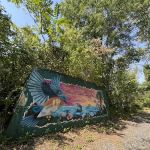 Mariner's Marsh Park
Mariner's Marsh Park3418 Richmond Ter
 Marciante-Jackson-Millet Park
Marciante-Jackson-Millet Park2004_2_480_W02
 John's Cove
John's CoveMarciante-Jackson-Millet Park
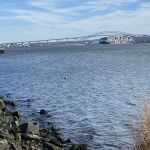 Marciante-Jackson-Millet Park
Marciante-Jackson-Millet Park2004_2_480_W02
 Veterans Memorial Waterfront Park
Veterans Memorial Waterfront ParkFront St
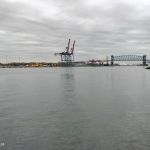 Veteran's Memorial Park
Veteran's Memorial Park11 Front St
 Shooter's Island
Shooter's IslandShooters Island
 Bridge Creek
Bridge CreekWestern Ave
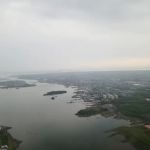 Jackson Park
Jackson Park136 Second St
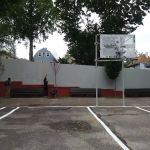 Bobbie Lewis, Jr. Playground
Bobbie Lewis, Jr. PlaygroundRichmond Terrace &
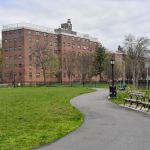 The Big Park
The Big ParkGrandview Ave &
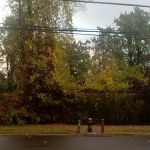 Forest Grove
Forest Grove2577 Forest Ave
Arlington Marsh Park Reviews
The city announced in 2007 that this would become a park space, and 17 years later still zero public access. The shoreline itself is covered in massive amounts of plastic and concrete debris with sharp rusty metal, and in itself is still years of unrealistic clean up.
Jan 02, 2024 · Kyle KellnerFire 🔥🔥🔥
Feb 17, 2024 · roxanna david
More Scenic Spot
 Mariner's Marsh Park3.0 (42 reviews)
Mariner's Marsh Park3.0 (42 reviews)3418 Richmond Ter, Staten Island, NY 10303, USA
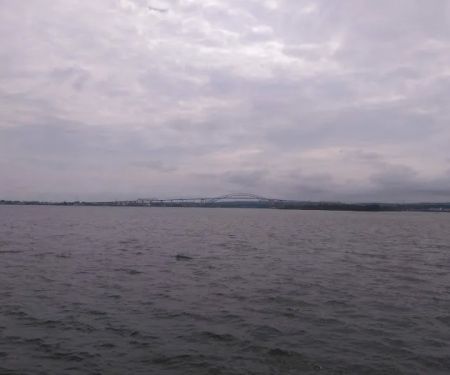 Marciante-Jackson-Millet Park0.0 (0 reviews)
Marciante-Jackson-Millet Park0.0 (0 reviews)2004_2_480_W02, Elizabeth, NJ 07206, USA
 John's Cove4.0 (4 reviews)
John's Cove4.0 (4 reviews)Marciante-Jackson-Millet Park, Elizabeth, NJ 07206, USA
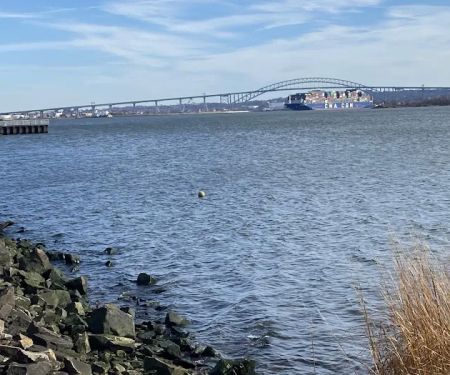 Marciante-Jackson-Millet Park4.0 (130 reviews)
Marciante-Jackson-Millet Park4.0 (130 reviews)2004_2_480_W02, Elizabeth, NJ 07206, USA
 Veterans Memorial Waterfront Park0.0 (0 reviews)
Veterans Memorial Waterfront Park0.0 (0 reviews)Front St, Elizabeth, NJ 07206, USA
 Veteran's Memorial Park4.0 (88 reviews)
Veteran's Memorial Park4.0 (88 reviews)11 Front St, Elizabethport, NJ 07206, USA
 Shooter's Island4.0 (5 reviews)
Shooter's Island4.0 (5 reviews)Shooters Island, Staten Island, NY 10303, USA
 Bridge Creek4.0 (6 reviews)
Bridge Creek4.0 (6 reviews)Western Ave, Staten Island, NY 10303, USA
 Jackson Park4.0 (249 reviews)
Jackson Park4.0 (249 reviews)136 Second St, Elizabeth, NJ 07206, USA
 Bobbie Lewis, Jr. Playground4.0 (70 reviews)
Bobbie Lewis, Jr. Playground4.0 (70 reviews)Richmond Terrace &, Harbor Rd, Staten Island, NY 10303, USA
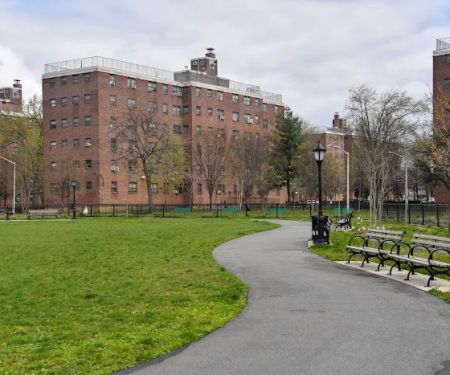 The Big Park4.0 (292 reviews)
The Big Park4.0 (292 reviews)Grandview Ave &, Continental Pl, Staten Island, NY 10303, USA
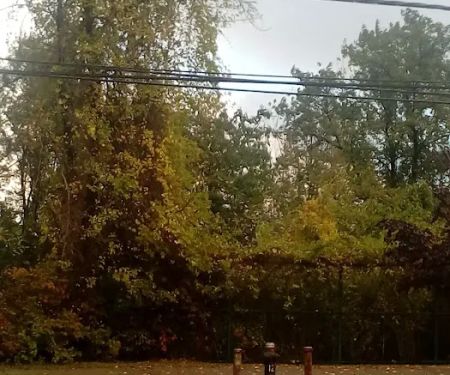 Forest Grove4.0 (3 reviews)
Forest Grove4.0 (3 reviews)2577 Forest Ave, Staten Island, NY 10303, USA
Categories
Popular Camping Sites
 Park South Hotel - JDV by Hyatt4.0 (823 reviews)
Park South Hotel - JDV by Hyatt4.0 (823 reviews) Hampton Inn & Suites Newark-Harrison-Riverwalk3.0 (2007 reviews)
Hampton Inn & Suites Newark-Harrison-Riverwalk3.0 (2007 reviews) Tribeca Dog Run4.0 (40 reviews)
Tribeca Dog Run4.0 (40 reviews) LaGuardia Corner4.0 (27 reviews)
LaGuardia Corner4.0 (27 reviews) Courtyard Parsippany4.0 (649 reviews)
Courtyard Parsippany4.0 (649 reviews) Hampton Inn Manhattan-Chelsea4.0 (1276 reviews)
Hampton Inn Manhattan-Chelsea4.0 (1276 reviews)Trending Camping Blog Posts
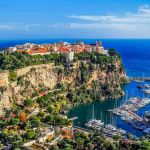 Top Group Travel Destinations in Europe: Best Places for Group Vacations
Top Group Travel Destinations in Europe: Best Places for Group Vacations How to Get Involved in Travel Clans for Social Travel: Explore Group Travel Opportunities
How to Get Involved in Travel Clans for Social Travel: Explore Group Travel Opportunities Best Travel Clans for Sustainable Travel
Best Travel Clans for Sustainable Travel Best Group Vacation Destinations for Friends: Ultimate Travel Ideas
Best Group Vacation Destinations for Friends: Ultimate Travel Ideas Travel Clans for Solo Travelers Looking for Company: Join Unique Travel Communities
Travel Clans for Solo Travelers Looking for Company: Join Unique Travel Communities Best Travel Clans for Women Traveling Together
Best Travel Clans for Women Traveling Together 
